Culinary Pairing Trends
Culinary pairing trends are playing a pivotal role in shaping consumer preferences within the red wine market. As the culinary landscape evolves, consumers are increasingly interested in pairing red wine with diverse cuisines. This trend is reflected in the growing popularity of wine and food pairing events, which educate consumers on how to enhance their dining experiences. Research indicates that approximately 45% of red wine consumers actively seek recommendations for food pairings, suggesting that this aspect of wine consumption is becoming more sophisticated. Consequently, wineries are likely to focus on marketing their products in conjunction with culinary experiences, further influencing the red wine market.
Emergence of Wine Tourism
Wine tourism is emerging as a significant driver in the red wine market, attracting consumers to vineyards and wineries across the US. This trend is fueled by a growing interest in experiential travel, where consumers seek unique and immersive experiences. Wine tourism not only promotes local wineries but also enhances consumer engagement with the red wine market. Data shows that wine tourism contributes approximately $3 billion annually to the US economy, indicating its potential impact on wine sales. As more consumers participate in wine tours and tastings, the demand for red wine is likely to increase, further shaping the market dynamics.
Sustainability and Organic Practices
Sustainability has emerged as a crucial driver in the red wine market, with consumers increasingly favoring organic and sustainably produced wines. This shift is partly due to heightened awareness of environmental issues and a desire for products that align with personal values. In the US, sales of organic wine have surged, with a reported growth rate of 20% annually. This trend suggests that consumers are willing to pay a premium for wines that are produced using environmentally friendly practices. As a result, wineries are adapting their production methods to meet this demand, which could reshape the landscape of the red wine market.
Growing Consumer Interest in Wine Education
The red wine market is experiencing a notable increase in consumer interest regarding wine education. This trend is driven by a desire for knowledge about wine varieties, regions, and tasting techniques. As consumers become more discerning, they seek out educational resources, such as wine tasting events and classes, which enhance their appreciation for red wine. According to recent surveys, approximately 35% of wine consumers in the US express a strong interest in learning more about wine, indicating a shift towards informed purchasing decisions. This growing interest in wine education is likely to influence consumer preferences, leading to a demand for higher-quality offerings in the red wine market.
Influence of Social Media and Digital Marketing
The red wine market is significantly impacted by the rise of social media and digital marketing strategies. Platforms such as Instagram and Facebook have become essential tools for wineries to engage with consumers and promote their products. This digital presence allows wineries to showcase their offerings, share stories, and connect with a broader audience. Recent data indicates that nearly 60% of wine consumers in the US discover new wines through social media channels. This trend highlights the importance of an effective online marketing strategy in driving sales and brand loyalty within the red wine market.


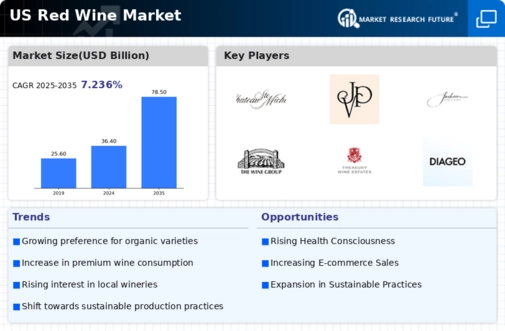

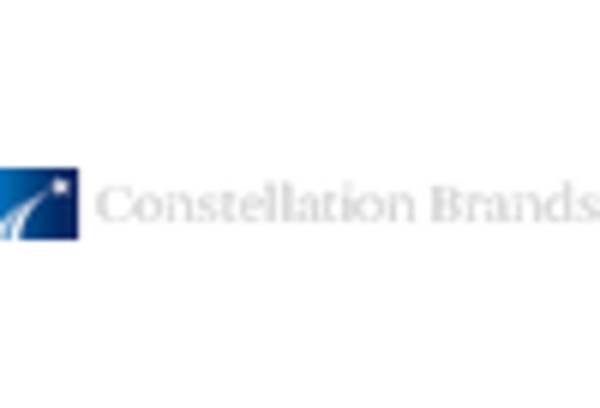
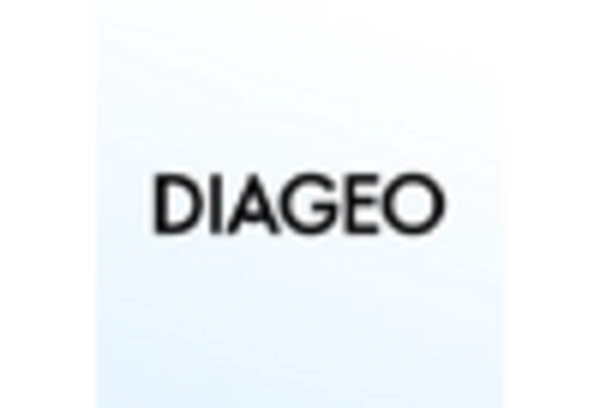
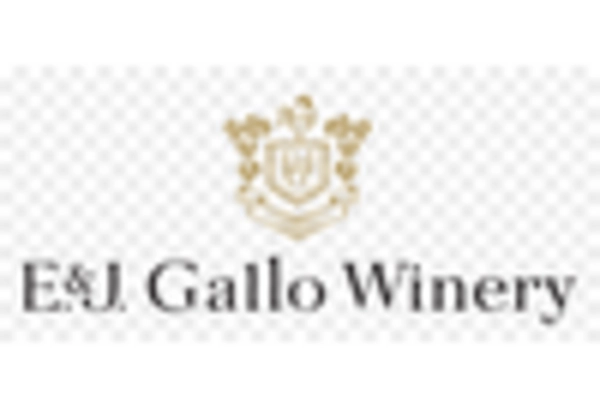
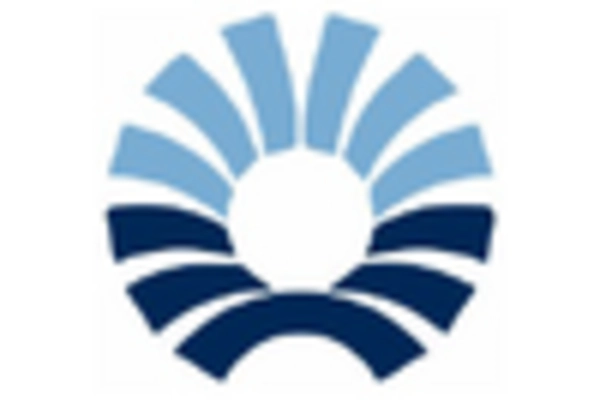
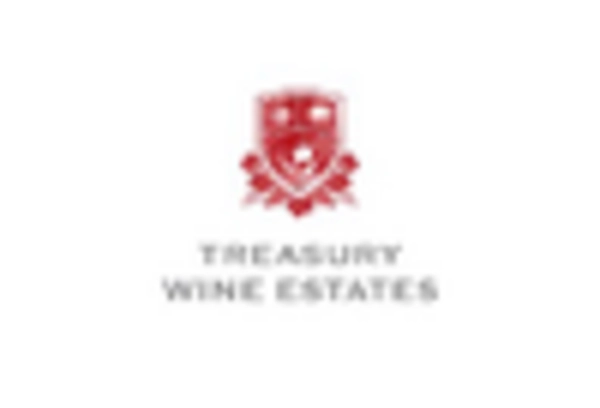








Leave a Comment